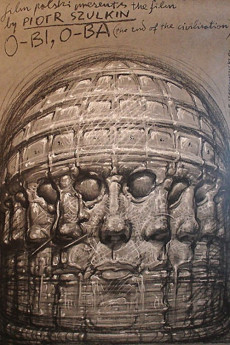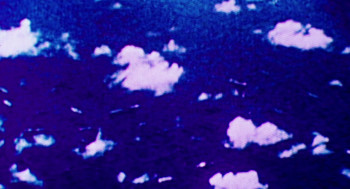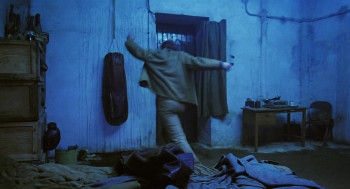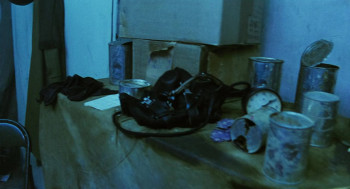O-Bi, O-Ba: The End of Civilization
1985 [POLISH]
Action / Drama / Mystery / Sci-Fi

Plot summary
The world has been ravaged by nuclear war. The planet is frozen and radiation kills anyone or anything that ventures outside of 'The Dome'. Soft is a shepherd for the last remnants of humanity who have gathered together as they await rescue from a mysterious craft known only as 'The Ark.' He wanders among the masses, performing his regular daily tasks; keeping morale from plummeting, wooing prostitutes, squashing rebellions, and sometimes feeding the hungry. But as the true and sinister nature of 'The Dome' comes to light, Soft must ask himself if humanity is worth saving...
Director
Top cast
Tech specs
720p.BLU 1080p.BLUMovie Reviews
A Comprehensive Analysis of O-Bi, O-Ba: The End of Civilization (1985)
A Different Nuclear Experience
Stellar cinematography gives way to average narrative devoid of the visual "shock" similar films like Threads & The Day After possess. But because it lacks shock, it is a thoroughly more enjoyable experience.
Moreover, it differentiates itself by providing insight into a less discussed aspect of the post-nuclear world:
the obnoxious nature of the human condition.










